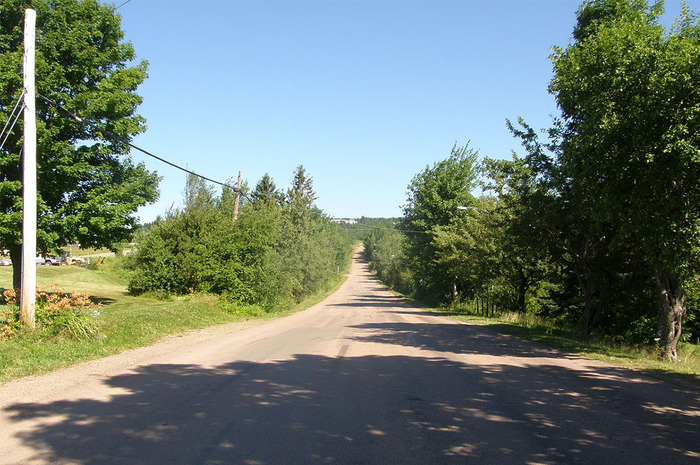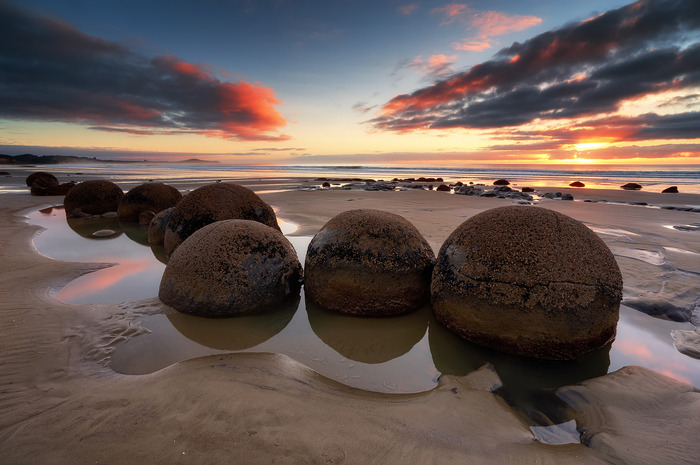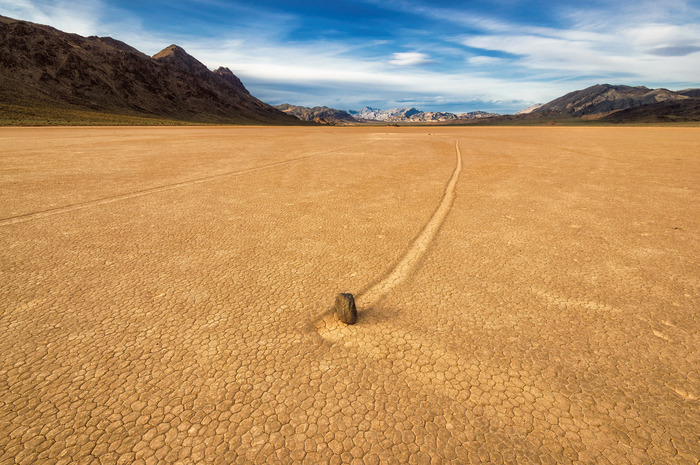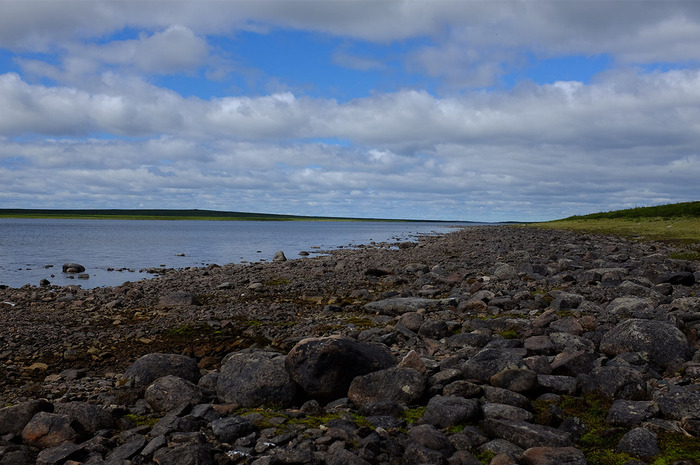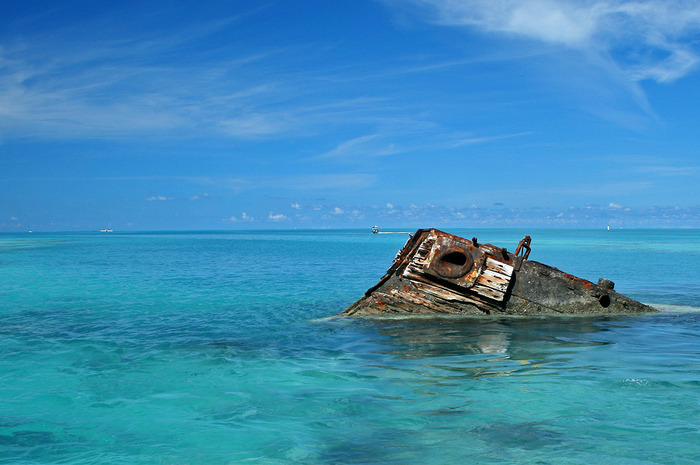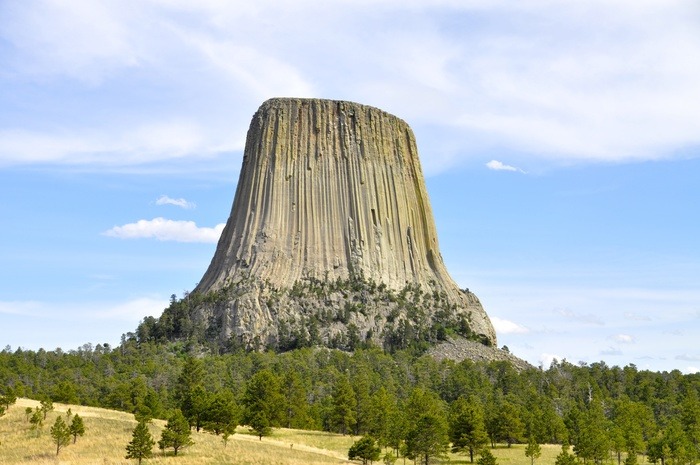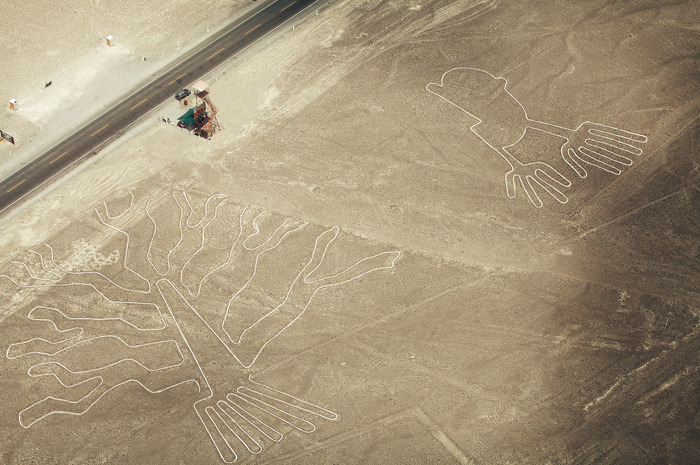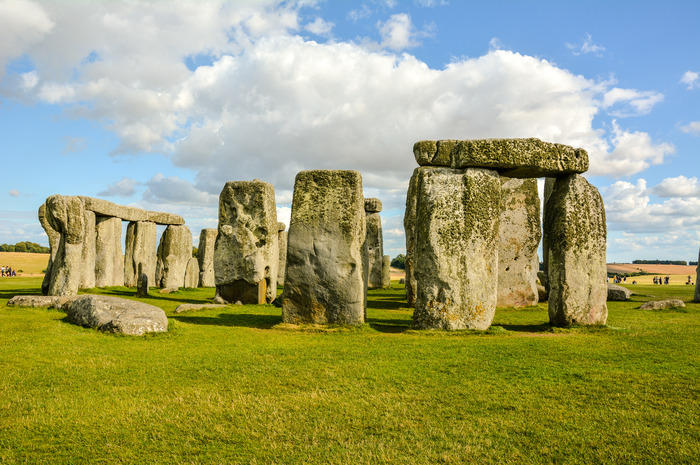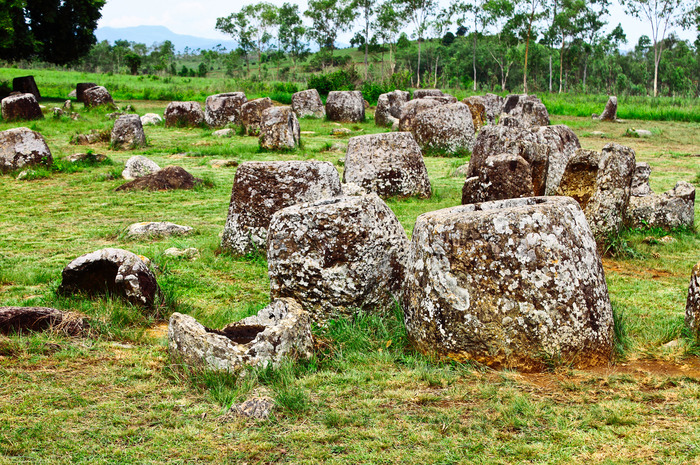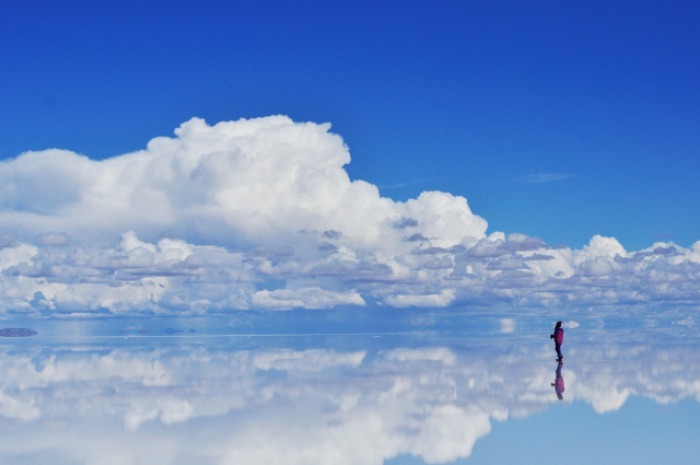The Most Mysterious Places Around The World
Planet Earth is a mysterious place that never ceases to amaze. You won't have to look far to find some natural peculiarity for which science sometimes offer a theory. However, many places are complete enigma. Getting to these locations is often difficult; sometimes you will find that you really don't want to be there – depending on whether you believe the rumors of ghosts and aliens. Scientists keep looking for answers and are often surprised by the obscurities they find.
Blood Falls, Antarctica
How is it that the coldest and driest place on the planet has a blood-red waterfall pouring down slowly in McMurdo Dry Valleys, some of the most extreme desert region on Earth? What causes the mysterious flow was only recently "discovered" in a study. Scientists believed for many years the red algae gave the creepy color. Iron oxide is responsible for the hue, and research shows that the feature does contain strange bacterial life as the region may have a lot of salty and extremely cold groundwater.
Magnetic Hill, Moncton, New Brunswick
You have to be very careful if you choose to drive to the bottom of this iconic hill. Stories about what happens there have been around since early 1900's. As impossible as it sounds, your car will roll uphill. "And it doesn't just work on cars – vans, trucks and even tour buses roll upward in total defiance of natural law," according to Tourism New Brunswick.
Moeraki Boulders, New Zealand
The Moeraki Boulders, originally formed in sea floor sediments about 60 million years ago, are large spherical "stones" scattered on Koekohe Beach near Moeraki on New Zealand's Otago coast. They are actually concretions that have been exposed through shoreline erosion from coastal cliffs that back the beach. Each boulder weighs several tons and is up to 6 feet high.
Racetrack Playa, Death Valley, California
Located in a remote valley between the Cottonwood and Last Chance Ranges, the Racetrack is a place of spectacular beauty and mystery. The Racetrack is a playa, a dry lakebed, best known for its strange moving rocks. It looks like they "sailed" through the valley. "Although no one has actually seen the rocks move, the long meandering tracks left behind in the mud surface of the playa attest to their activity," according to the NPS. The most logical explanation so far is that ice forms covering the stones, causing them to move.
Eternal Flame Falls, Orchard Park, New York
If you go to the waterfalls of Shale Creek in the southeast corner of Chestnut Ridge Park, you will notice a strange orange-red light behind the water and believe it to be an optical illusion. How is it that something is burning under water? You'll actually smell the golden flame because it's fired by methane gas escaping through the cracks. The water sometimes extinguishes the flame, but you can easily start it up again with a lighter.
Inuit village near Lake Anjikuni, Canada
The residents of an entire village disappeared without a trace. A trapper who had been there many times before, and met with the locals, found the place completely deserted one night with some fires still burning. There was no sign of anyone at all. All of their weapons and supplies were in place. The dogs were found frozen and starved to death even though there was food scattered around them. There are still no logical theories as to what happened. Some people assume a massive alien abduction.
The Bermuda Triangle
The Bermuda Triangle – or the Devil's Triangle – is perhaps the most famous mystery in the world. It is the area of about 500,000 square miles between Bermuda (once known as the Isle of Devils), Miami and San Juan in Puerto Rico. Ships passing and planes flying are said to have vanished in thin air or deep sea without any explanation. Many hypotheses have been offered over the years as to what's happening there, some of which are geological or hydrological.
Door to Hell, Turkmenistan
More than 40 years ago, a gaping, fiery crater opened up in the desert of northern Turkmenistan, most likely after a drilling mishap, according to the National Geographic. The Darvaza Crater, known as the Door to Hell, is still burning, which is an odd occurrence since the landscape is actually barren. Rumor has it that Soviet scientists set it on fire to burn off noxious gases after the ground but underestimated the amount of fuel that lay below. Turkmenistan has the sixth largest natural gas reserves in the world.
Devil's Tower, U.S. National Monument
The Devil's Tower is an astonishing geologic feature that protrudes out of the rolling prairie surrounding the Black Hills. It is the first national monument in the country, established in 1906. This site is considered Sacred to the Lakota and many other tribes that have a connection to the area, according to the NPS. Hundreds of parallel cracks make it one of the finest traditional rock climbing areas in North America. Scientists agree that giant rock formed as a result of the intrusion of igneous material, but how that happened is not clear.
Island of the Dolls, Mexico
The island, known as Isla de las Munecas (Island of the Dolls) is dedicated to the lost soul of a poor girl who met her fate too soon in strange circumstances. Thousands of people live in the region south of Mexico City, but the tiny island is just home to hundreds of petrifying dolls with severed limbs, decapitated heads, and blank eyes. Local legend says that the dolls move their heads and arms. People have said that they had heard the dolls whispering and telling them to come down to the island.
Nazca Lines, Peru
The lines, located in the arid Peruvian coastal plain, were scratched on the surface of the ground between 500 B.C. and A.D. 500, are among archaeology's greatest enigmas because of their quantity, nature, size and continuity, according to UNESCO. "The geoglyphs depict living creatures, stylized plants and imaginary beings, as well as geometric figures several miles long. They are believed to have had ritual astronomical functions."
Stonehenge, England
The prehistoric monument from more than 5,000 years ago is so famous that people often don't see it as mysterious anymore. But how the massive stones in England were formed and placed there, and what was their purpose, is still speculated. Researchers have found animal bones and tools, suggesting scared rituals and prehistoric hunting. Nowadays, the Stonehenge is most popular for Summer Solstice celebrations.
Richat Structure, Mauritania
The Richat Structure is also known as the Eye of the Sahara. The giant circular feature in the desert forms a conspicuous bull's-eye in the otherwise rather featureless expanse of the desert, according to NASA. Many people say the structure, with a diameter of about 30 miles, looks like an outsized fossil. According to a former theory, Richat was a meteorite impact structure because of its high degree of circularity. However, it is now thought to be merely a symmetrical uplift that has been laid bare by erosion.
Plain of Jars in Laos
The ancient origin of the giant stone jars that are scattered over many miles of plains and hills is unknown. The original inhabitants were Austro-Asiatic people, who lived by hunting and gathering. The mystery is who created the stone jars. There are many random theories, one of which is that they were made to brew vast quantities of rice wine to honor people's independence, according to Lonely Planet. The jars were shaped from solid stone dating back to the Southeast Asian Iron Age between 500 BC and 200 AD.
Jatinga, India
The odd bird suicide phenomenon of Jatinga, a small village in India, between September and November each year baffles locals and tourists because birds are not known to be suicidal. During these late monsoon months, several migratory and local birds commit mass suicide at the village. Just after sunset, between 7 and 10 p.m., hundreds of birds descend from the sky, plummeting to their deaths by crashing into buildings and trees, according to Oddity Central.
Salar De Uyuni, Bolivia
Formed as a result of transformations between many prehistoric lakes, Salar de Uyuni is the world's largest salt flat. Because of the large, flat area and clear skies, it is often used for calibrating altimeters of Earth observation satellites. It also creates a dream-like reflection off of the crust.

